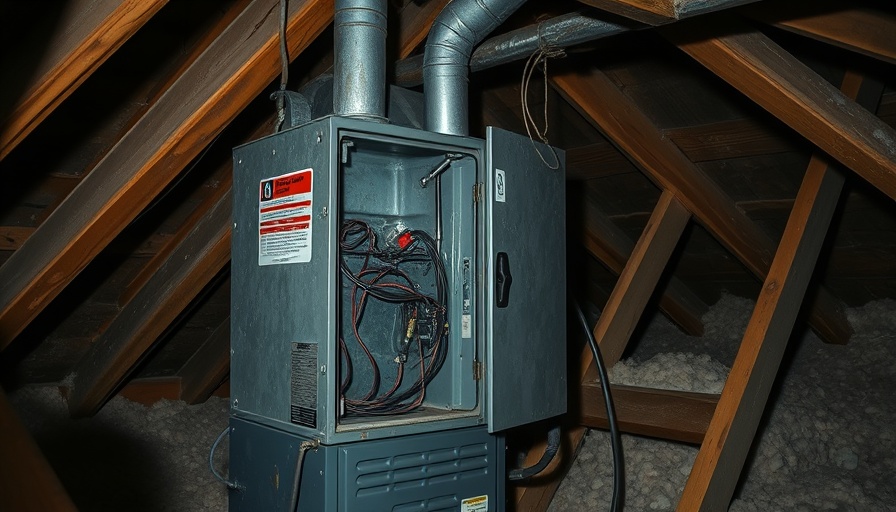
Electrifying Your Home: The Future of Energy Consumption
In an era marked by technological advancement and sustainability initiatives, electrifying your home represents a significant leap toward efficiency and reduced environmental impact. From heating systems to electric vehicles, the push for 'Electrify Everything' encapsulates a growing trend among homeowners who seek both comfort and a smaller carbon footprint. This approach encourages the use of electric heat pumps, induction stoves, and electric water heaters, facilitating a transition from fossil fuels to cleaner energy options.
Understanding the Benefits of Big Interior Doors
Another trend gaining popularity is the installation of oversized interior doors. These doors not only provide a modern aesthetic but also promote airflow and the seamless movement between spaces. Their benefits go beyond design; they enhance accessibility and can create a sense of openness, making smaller homes feel larger and more inviting. As more homeowners opt for renovation over moving, big interior doors become a stylish yet functional choice in home upgrades.
Straw Bale Construction: Sustainable Building Solutions
In the pursuit of eco-friendly building materials, straw bale construction has emerged as a sustainable solution. This technique utilizes straw as insulation, providing excellent thermal resistance. It is a unique alternative in the quest for sustainable living, offering not only energy efficiency but also a way to repurpose agricultural waste. Homeowners interested in green building practices are increasingly exploring straw bale techniques, reflecting a deeper commitment to sustainability and resource efficiency.
Future Predictions: Trends to Watch in Home Renovation
The intersection of technology and home living is set to redefine how we design and upgrade our spaces. As smart home solutions become more integrated into our daily lives, homeowners can expect advancements that make managing energy consumption easier than ever. Innovations like smart thermostats, energy-efficient lighting, and automated systems for appliances will likely become standard. This shift will encourage homeowners to embrace technologies that not only enhance convenience but also foster a sustainable lifestyle.
Counterarguments: The Debate Over Electrification
Despite the push towards complete electrification, there are significant discussions within the industry. Critics argue that the transition may place financial burdens on homeowners during upgrades and raise concerns about the availability of a robust electrical grid to support increased demand. It’s vital to assess local infrastructure and energy policies when considering these changes to ensure a viable future.
Actionable Insights: Steps Toward Your Home Upgrade Goals
If you’re contemplating electrifying your home or implementing new interior features, start by assessing your current energy consumption and home layout. Research available technologies, consult with experts on the best practices for these renovations, and weigh the environmental benefits against potential costs. Incremental upgrades can transform your living environment into a more sustainable and enjoyable space, meeting both your aesthetic and energy efficiency goals.
Stay informed about the latest home renovation trends by keeping up with podcast episodes and articles that explore innovative building strategies. Engage with industry literature to discover options that align with your vision for a modern home.
 Add Row
Add Row  Add
Add 


Write A Comment